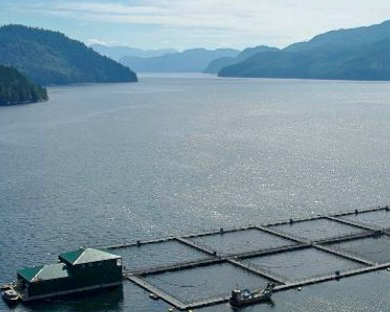How Canada can help save Asia’s oceans
The global demand for seafood is steadily increasing. Population growth, rising per capita incomes, and urbanization are fueling a 7 – 9% increase in demand each year, says the Canadian Aquaculture Industry Alliance (CAIA)
By SeaWestNews
According to Food and Agriculture Organization of the United Nations, aquaculture will need to supply 2/3 of the world’s seafood requirements by 2030. Without aquaculture, the world will face a seafood shortage of 50-80 million tonnes by 2030.
Few countries can match Canada’s natural advantages when it comes to aquaculture—an enormous coastal geography, an abundance of cold, clean water, a favourable climate, a rich marine and fishery tradition, and established trade routes to the United States, Asia, and Europe.
However, Canada has yet to fully capitalize on its opportunity to become a global aquaculture leader, said CAIA. Canada’s aquaculture production has shown little growth since 2000. Through a comprehensive analysis of Canadian aquaculture, CAIA determined that the principal factor constraining the growth of the aquaculture sector was Canada’s complicated and inefficient aquaculture regulatory system.
The Alliance projects that with the proposed legislative, regulatory and policy reforms, by 2024 Canadian aquaculture could:
increase production to over 378,000 tonnes per year;
generate more than $6.35 billion in economic activity per year;
increase GDP to $2.5 billion per year;
employ more than 32,500 Canadians;
increase output by 120%, but increase water acreage by only 38%;
occupy only 1.35% of the total area biophysically suitable for aquaculture in Canada – a much, much smaller footprint than in other countries.
Related Links:
Should we be able to see what by-catch is caught in our ocean?
Aquaculture popularity growing
Around the web:
Fisheries Minister calls on G7 to ‘name and shame’ countries behind illegal mass fishing

